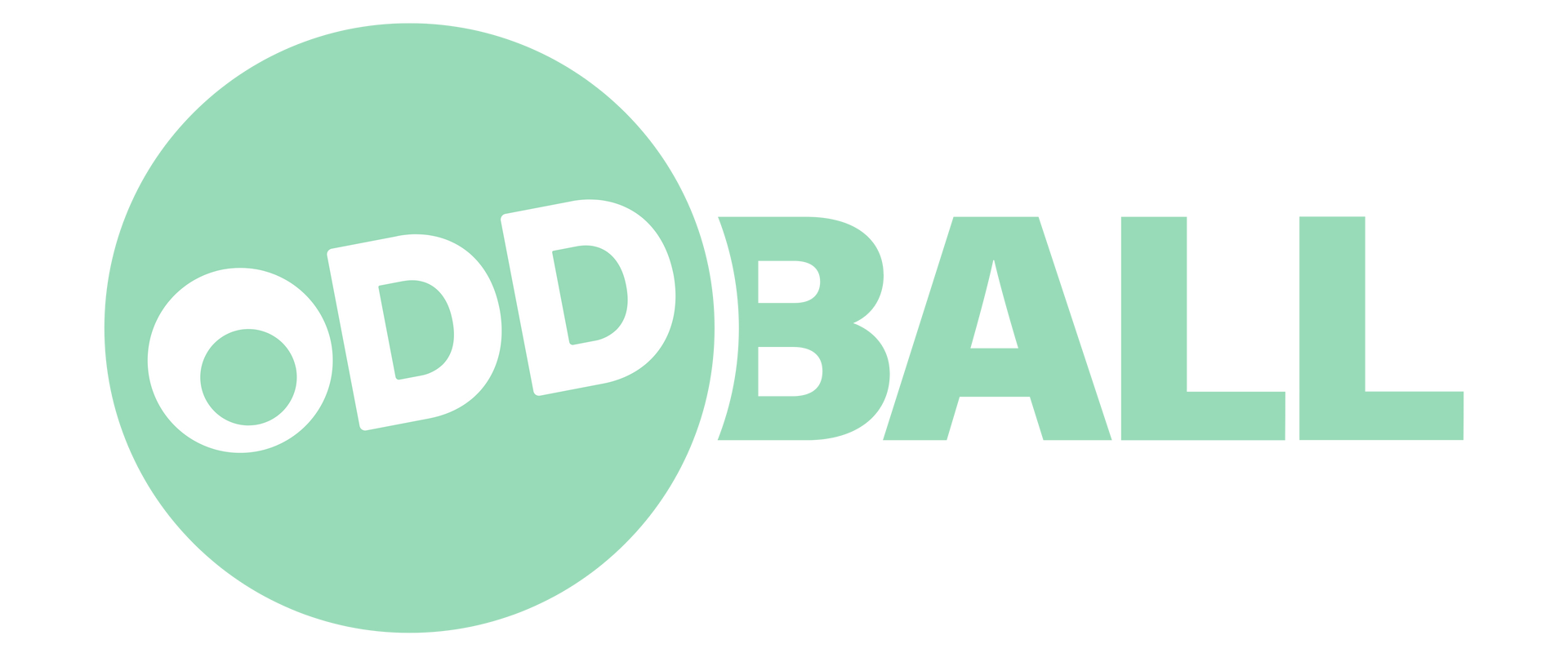Why Your Social Media Ads Aren't Converting
You’ve got ad creative that looks great, your budget is set, and your campaign is up and running. So why aren’t people clicking, signing up, or buying? That’s one of the most frustrating parts about running social media ads. Everything seems in place, but the results are way off expectations. If this sounds familiar, don't stress—you’re definitely not alone. There are a few common reasons why social media advertising campaigns don’t perform as planned.
Getting ads to convert takes more than compelling images and clever text. It all comes down to alignment. When a single piece of the strategy is out of sync, the entire campaign suffers. From unclear targeting and dull creative to clunky landing pages and poor testing, every detail matters. If your socials aren't delivering, there’s probably something getting in the way. Let’s break down the most common roadblocks and how to fix them.
Inadequate Targeting
One of the first things to examine when your ads aren’t converting is your targeting. Great creative is wasted if it’s seen by the wrong people. Social platforms offer plenty of targeting tools, but it’s easy to miss the mark.
Here are some frequent targeting mistakes:
- Targeting an audience that’s way too broad or too vague
- Choosing demographics or interests that don’t match your offer
- Ignoring valuable behaviors like shopping timelines or past purchases
- Not using lookalike audiences or retargeting tools
Let’s say you sell eco-friendly office supplies. If your ad is targeting people interested in basic business topics, that's likely too generic. You may get clicks, but not conversions. Instead, zoom in on people interested in sustainability or small home office solutions. The better aligned your audience is with your offer, the better the chances of turning a viewer into a buyer.
Refining your targeting isn’t always about making it narrower. Sometimes, it’s just about sharper messaging. A small shift in tone, copy, or visual design that matches your audience’s preferences can be the difference between a scroll and a sale.
Weak Ad Creative
Finding the right audience is important, but it won’t get you far if the ad itself falls flat. Most users scroll fast. Your visual, headline, and copy have milliseconds to catch someone's attention and get them to pause.
Here are elements that often weaken ad creative:
- Headlines that don’t communicate value
- Unclear or washed-out visuals that blend into the feed
- Calls to action that don’t explain what users get
- Lengthy copy that loses impact early on
To make your creative stronger, take a direct approach. Help people quickly understand what the offer is, why it matters, and what to expect next. If you’re offering a product, show it in action or in a real-life setting. If you have a promo, say it loud and clear.
Tips for better ad creative include:
- Using bold, scroll-stopping visuals that fit your brand
- Writing direct, clear headlines focused on user needs
- Keeping the message clean and focused
- Making the call to action specific—avoid vague prompts
Think of your creative as a short elevator pitch. You have only seconds to make a point, so make them count. When the visuals and the message speak to the right person at the right time, conversion rates usually follow.
Poor Landing Page Experience
Once someone clicks on your ad, everything depends on the landing page. If that page doesn’t match the tone or promise of the ad, or if it’s hard to use, most users will abandon it before taking action.
A high-quality landing page includes:
- Messaging that matches what your ad promised
- Design that works well on both desktop and mobile
- Fast load speeds—slow pages cost you leads
- A clear call to action that tells users what to do next
For example, if your ad highlights a 20 percent discount on eco-friendly pens, the landing page shouldn’t bury that offer in a wall of text or unnecessary info. Make the offer clear, the visuals supportive, and the action obvious.
Small tweaks have a big impact. Tighten the copy, improve button placement, and check load speeds. The smoother and faster the experience, the more likely visitors are to become customers.
Insufficient Budget and Bidding Strategies
Even if everything in your campaign is well-built, it might fail to take off if it doesn’t have the right budget or bidding strategy behind it. Paid social media operates much like an auction. Better bids and more competitive budgets typically lead to better ad placement.
Some common budget pitfalls include:
- Setting unrealistic budget expectations for campaign goals
- Spreading the budget too thin across platforms
- Not monitoring spend regularly enough
- Sticking too long with a failing ad set
Creating a smarter spending plan can help ads run longer and reach more of the right users. Start with a budget that matches your end goals, and prepare to shift funds based on performance.
Bidding strategy tips:
1. Try automatic bidding at the start for platform-driven efficiency
2. Monitor how ad sets perform in different timeframes
3. Increase spend gradually when you find a winning combination
4. Pause or reduce spend on poor performers instead of guessing
Think of your budget as fuel. To get the most from it, know where it's burning fast and where it's driving results.
Lack of Testing and Analytics
This is where many advertisers lose traction. Without testing, it’s impossible to know which parts of your campaign are actually working. And without data, future decisions are based on guesswork.
Testing helps identify what works best. Analytics helps understand what’s working and why.
Things to test regularly:
- Images and colors
- Headlines and messaging
- Ad formats (carousel, video, static)
- Landing page layouts
A/B testing lets you compare two or more versions of a creative to see which one outperforms. You can learn whether a certain word, image, or layout has better draw. Use analytics to follow the path users take and spot drop-off points. Tools provided by platforms like Meta or X give insights directly tied to your goals—use them.
Don’t stop after one round. Make data-driven edits, retest, and refine again. Ongoing testing helps prevent waste, improves results, and keeps your ads from going stale.
Finding What Works for Your Ads
Success with social media advertising isn’t about luck or going viral. It’s about pinning down the pieces that need attention and making small but meaningful tweaks. Audiences shift, platforms change, and so does user behavior. By giving each part of your campaign room for improvement—targeting, creative, landing pages, budget, and testing—you give it a better chance to run stronger and generate better results.
Get specific with how you plan and adjust. Track your wins, fix the weak spots, and watch how those little changes lift performance over time. Ads should work for your brand, not the other way around. When every part of the campaign clicks into place, your message connects better and drives the action you’re looking for.
If you’re looking to maximize your efforts and genuinely connect with your audience, take a closer look at how you approach social media advertising. This can lead to stronger engagement, better conversions, and real growth. For expert support and a customized strategy built around your goals, reach out to the team at Oddball Creative.



